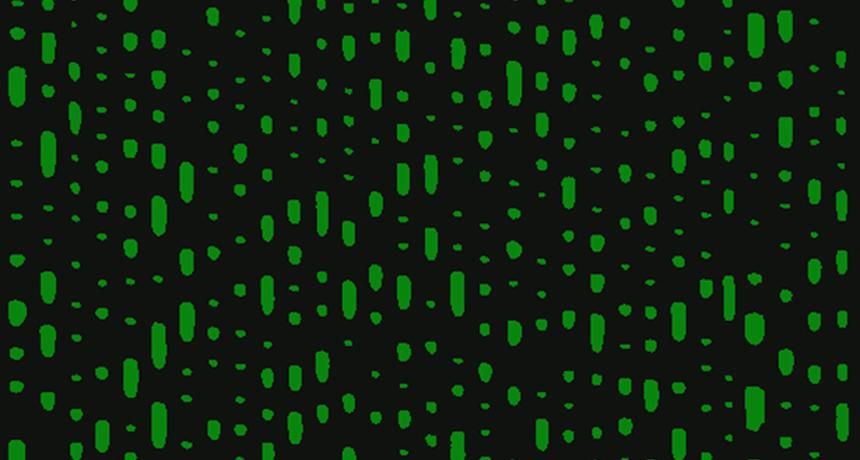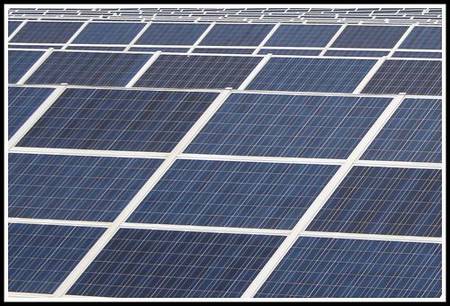Indeed a strange discovery by North American university researchers who used Blu-ray Disc to create photovoltaic cells that absorb 22% more light. Explanation: the nanostructure resulting from burning a video is particularly suited to capture photons coming from Sun.
The Blu-ray Disc can be used to make solar cells more efficient. The improvement comes not from the use of the optical disc material but rather the way they are engraved, offering some unexpected qualities that improve the efficiency of solar panels. Earlier researchers had already shown that nanoscale prints performed on the surface of photovoltaic cells allowed to capture more light. But this technique involved producing costly molds, making the mass production of such solar panels difficult.
It is from this observation that a team of researchers at Northwestern University in Evanston in the United States (Illinois) had the idea to focus on the Blu-ray disc. They realized several moldings from the surface of these wafers to print their etching profile on the polymers of photovoltaic cells. They have then found that capacity of absorption of light of these photovoltaic cells is 22% higher than a smooth photovoltaic cell. Ultimately, this technology increases the conversion efficiency by 12%.
In their scientific paper published in the journal Nature Communications, the scientists explain that the experiment was conducted on a Blu-ray disc containing the movie Police Story 3: Supercop. They first delaminated protective layer on disc’s surface to reveal the pattern on the nanometer scale, corresponding to “0” and “1” of the binary data encoding. Then, using a negative mold, they copied this structure to deposit it on a polymer layer of photovoltaic cell.
This method works with any Blu-ray, provided data is burnt on it. The University Evanston team wanted to understand why that structure performed better than the other. The researchers focused on the algorithms used to transfer data on Blu-ray and discovered they had two important functions. The first they assure a high rate of compression by converting the video signal in a random sequence of 0 and 1’s. Secondly, these algorithms increase error correction capability by limiting the number of consecutive 0 and 1.
The fact is that these two functions combined together produce a “quasi-random” dips and bumps, in the size of between 150 and 525 nanometers. It turns out that this range is particularly effective in capturing photons in the visible and near infrared portions of the solar spectrum. This discovery opens up interesting prospects for the recycling of millions of Blu-ray discs.

